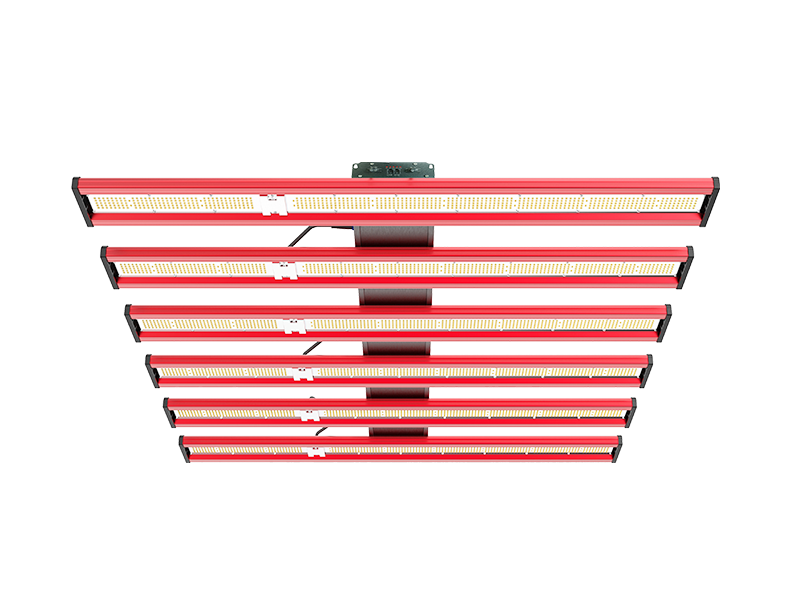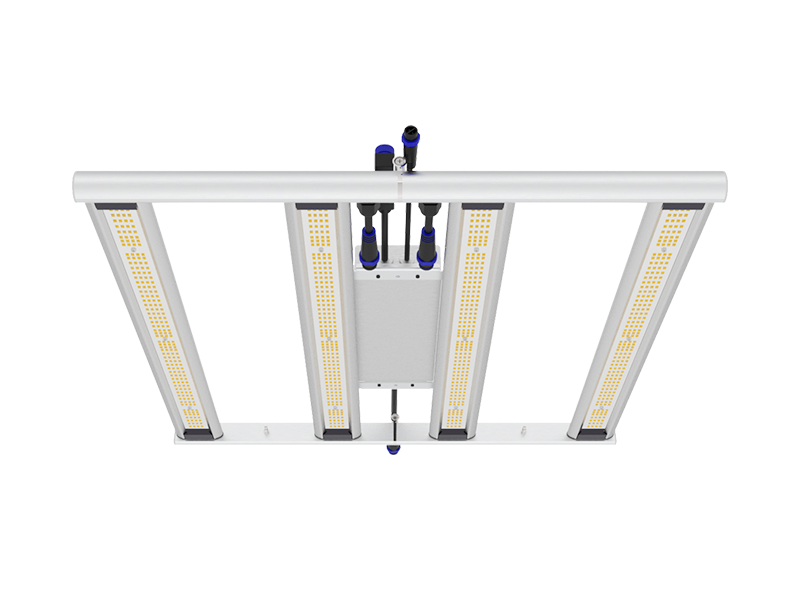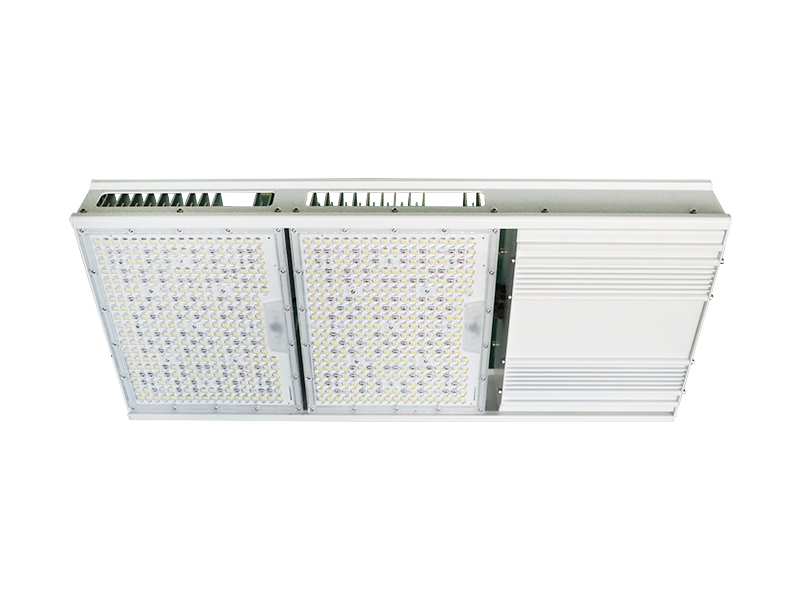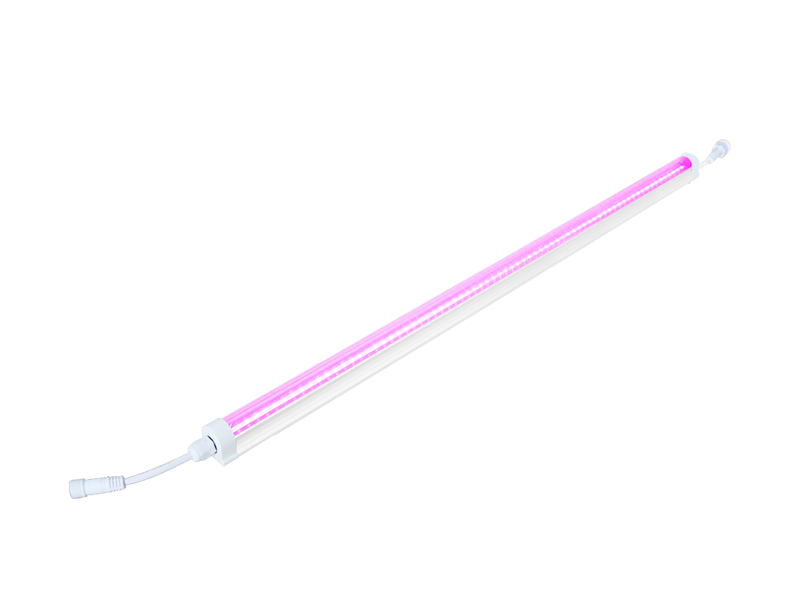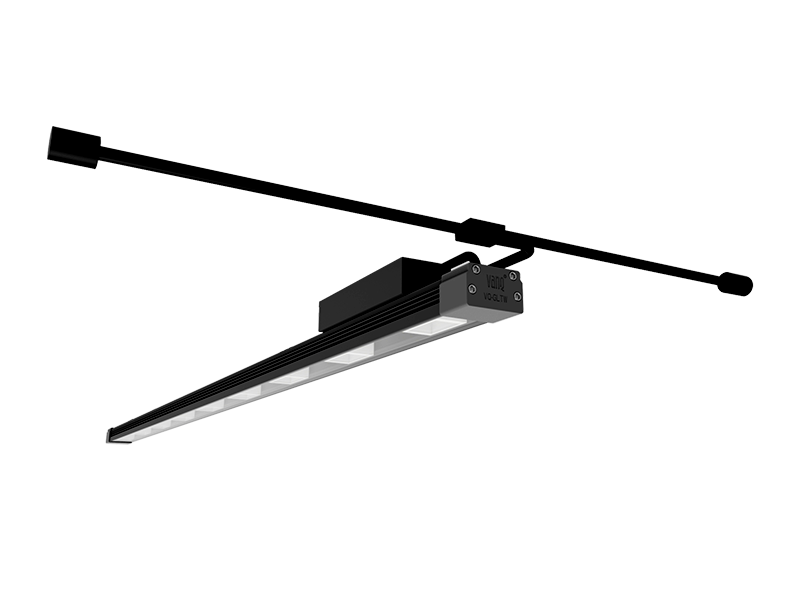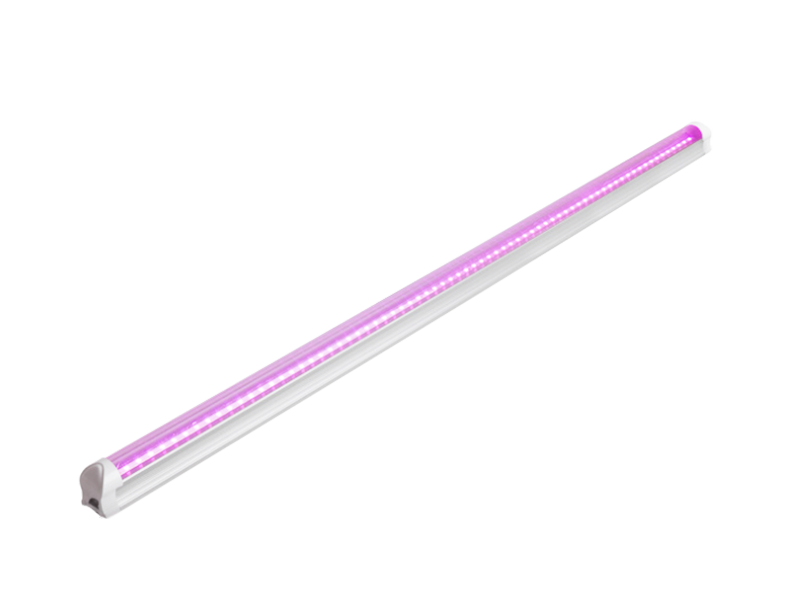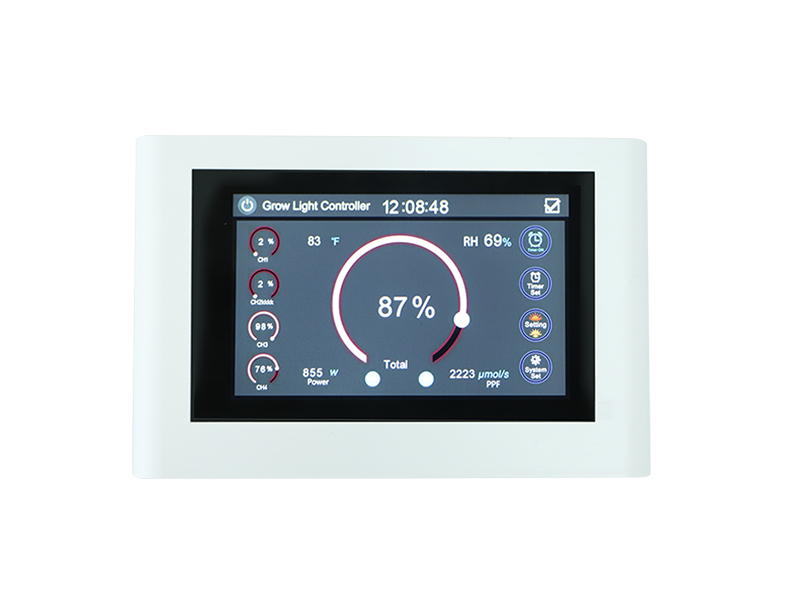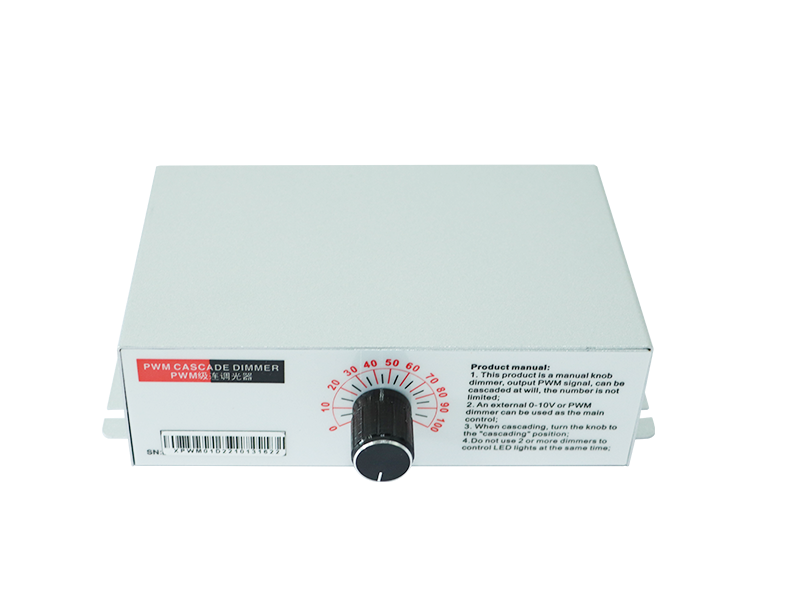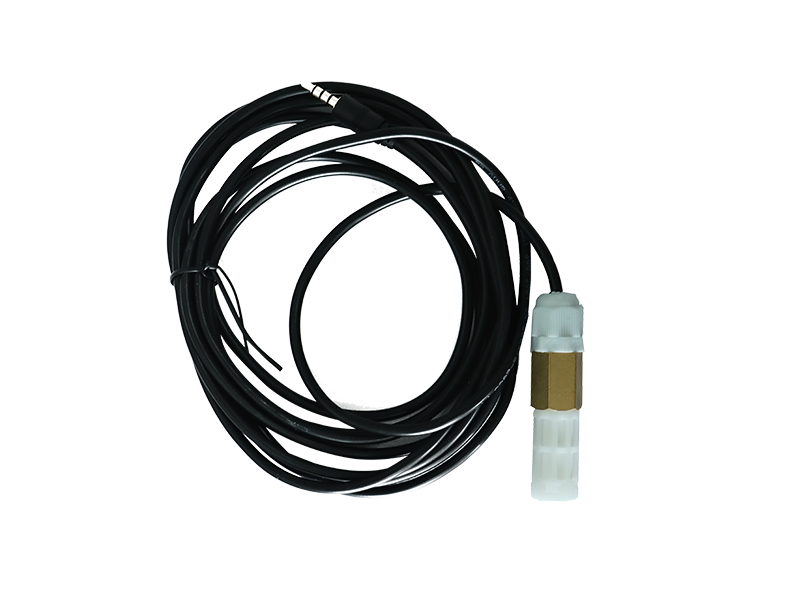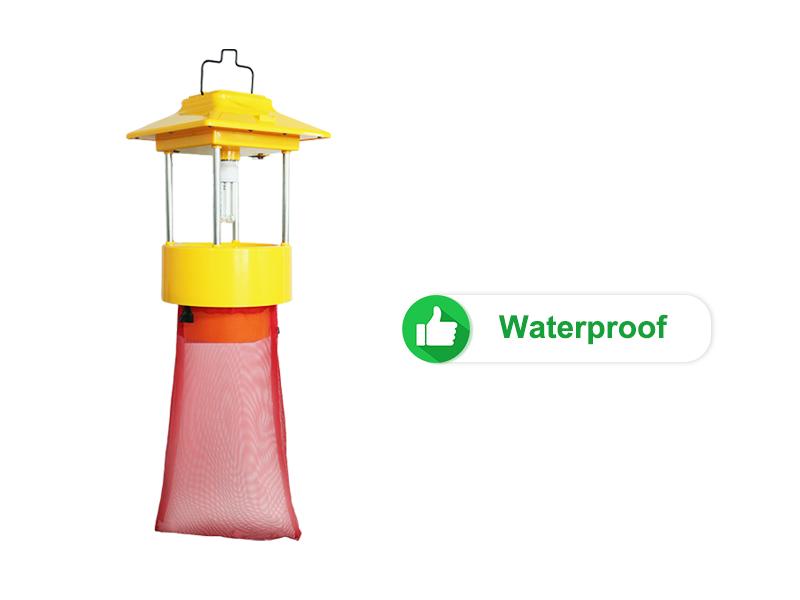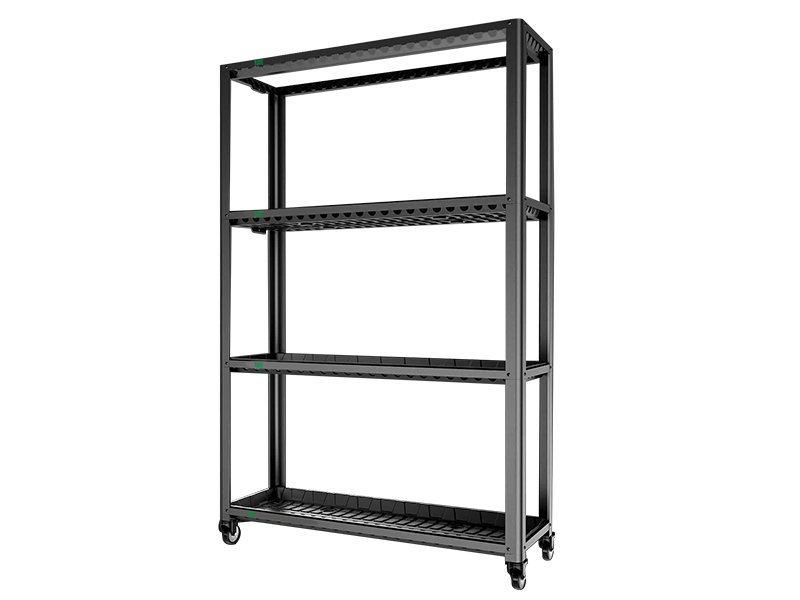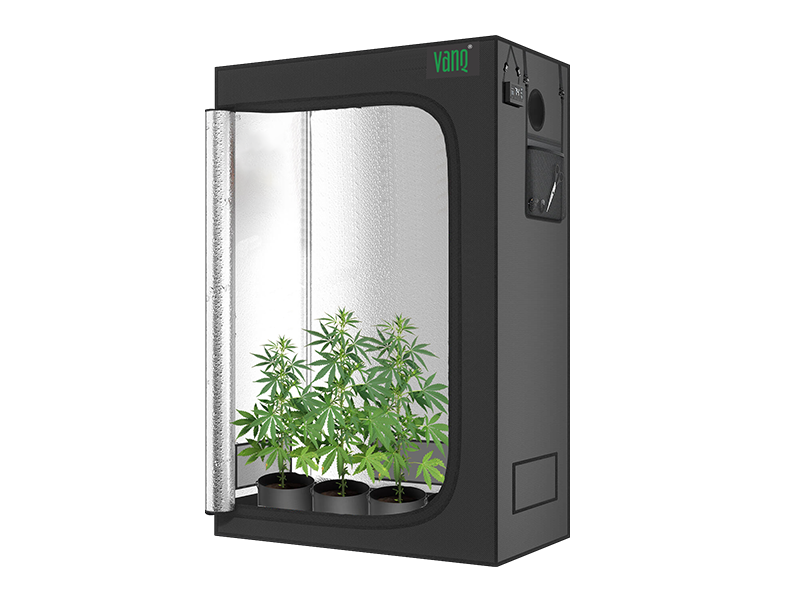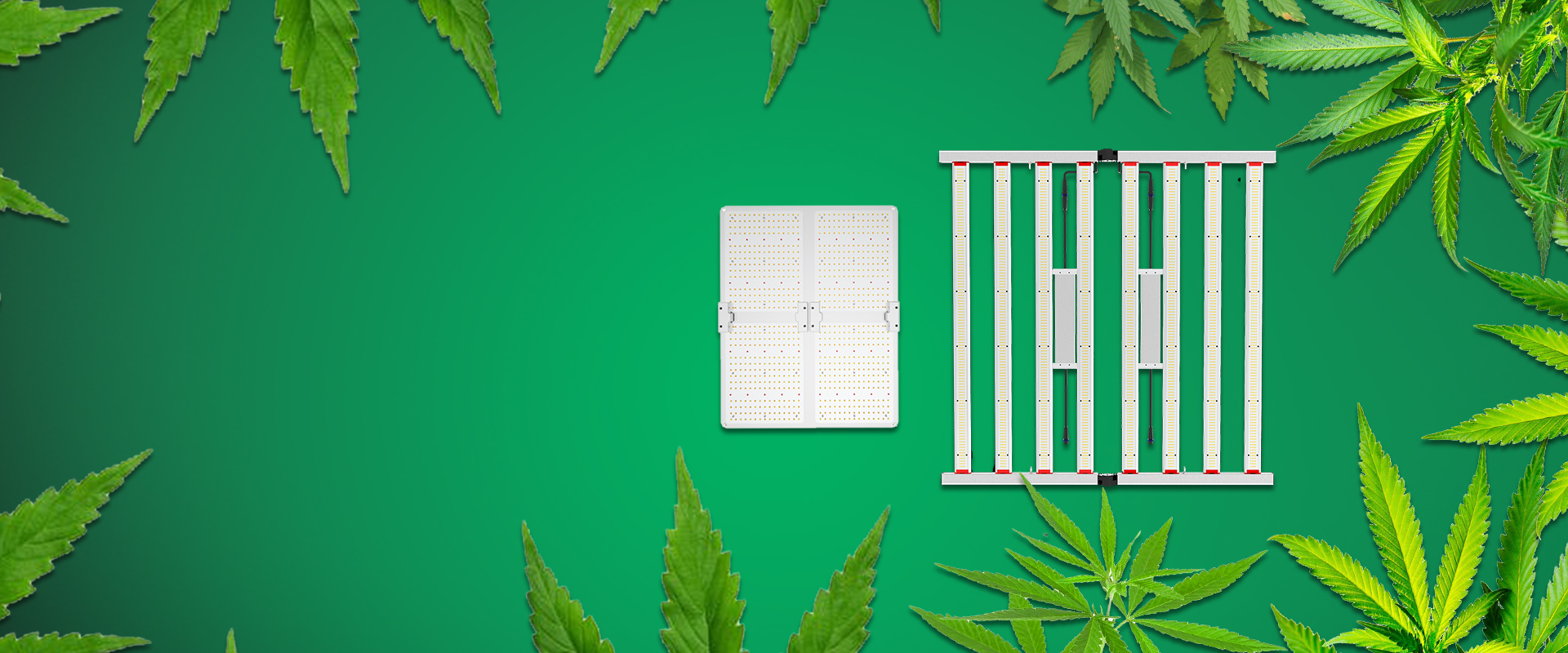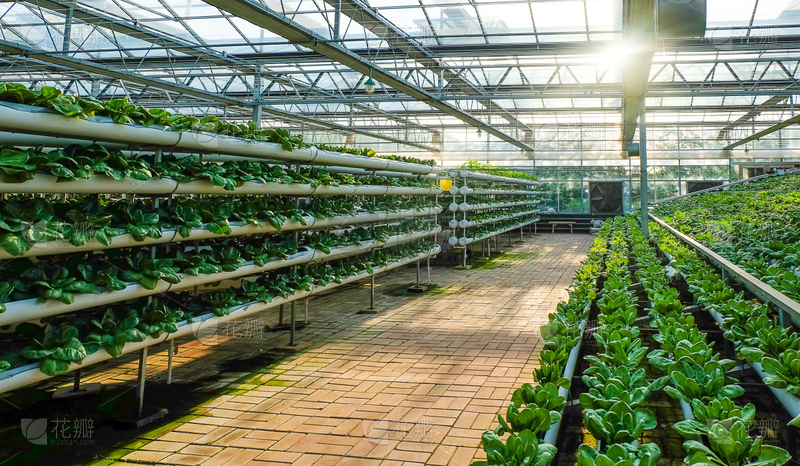
Grow lights can provide plants with the light they lack during growth in the absence of sunlight. Using greenhouse plant growth lights can not only help plants perform better photosynthesis, but also prevent plants from being affected by natural bad weather, pests and diseases, and low temperature.
Reading this article will help you better understand the precautions for using greenhouse plant growth lights!
Greenhouse Lighting Factors to Consider
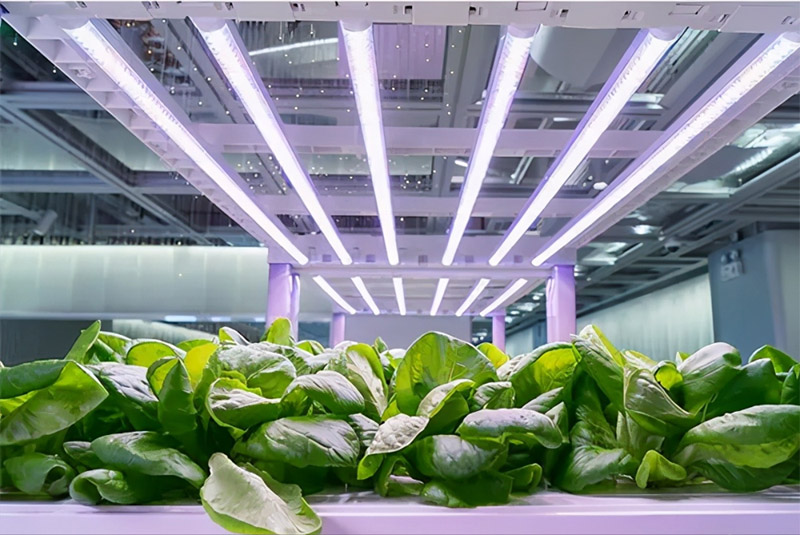
When looking for better lighting conditions for your greenhouse, you need to consider three factors: the type of crop, the time of year, and the amount of naturally available sunlight.
Different crops in the greenhouse environment require different hours of light per day, and many plants require 12 hours or more per day. If you live in the north and there is not much sunshine in winter, then I suggest you go with a plant grow light system. Use grow lights to supplement the intensity and quality of light throughout the day.
Grow Light Selection
Different lights will respond differently to the light on the plants. Common blue or red light is the biggest factor affecting plant photosynthesis. Blue light can help plants grow compactly and densely. Red light can stimulate hormonal responses in plants that produce flowers. Grow lights that produce orange and red light typically generate a lot of heat.
Common grow light types are: Incandescent, Fluorescent, T-5 Fluorescent, High Intensity Discharge (HID), and LED.
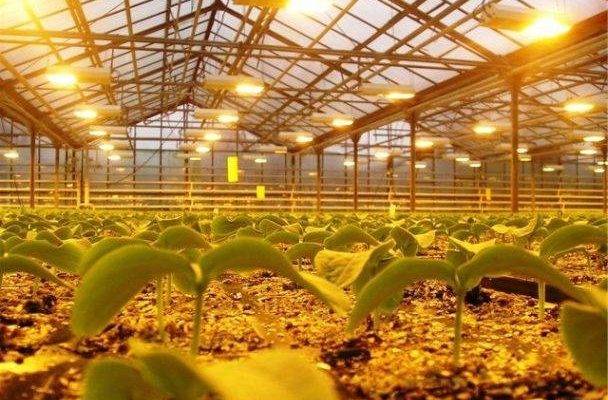
Incandescent
Inexpensive incandescent lights may be available for as little as $30, and these will be placed at least 24 inches from the plants. However, incandescent lamps will generate a lot of heat during use, and the service life of incandescent lamps is less than 1000 hours, so they need to be used with care.
Fluorescent
Fluorescent lighting is a better option for growers than incandescent lighting. Not only are they energy efficient and relatively easy to install, they last approximately 20,000 hours in service life. Fluorescence is usually located in blue light, which is very effective for plant growth, especially for seed propagation. So it can be placed on several inches of seedlings.
The new full-spectrum fluorescent lamps, which provide enough red spectrum to encourage plants to bloom, combine the lights in one fixture. Achieve all-round growth. These include T-5 fluorescent lamps, which have several times the light output of ordinary fluorescent lamps, which makes T-5 fluorescent lamps more energy-efficient and durable (50,000 hours). But use it and remember that T-5 fluorescent lights will not work with regular fluorescent lights because they require special light fixtures.
High Intensity Discharge (HID)
In commercial grower applications, high-intensity discharge lamps are commonly used as lamps with extremely high output power and wide area coverage. Among them, HID lamp applications are the most common, due to the need to maintain a sufficient height from the plant when using high power. As a commercial large-area planting grow light, HID lights require ballasts to provide power for lights and lamps during operation. HID lights have a characteristic, that is, the high power makes them emit high heat, and they need to be kept at a certain height to avoid burning the leaves. Among them, metal halide lamps and high pressure sodium lamps are two major categories.
Metal halide lamps are the closest blue light to natural light, making them ideal for use in areas that do not have access to natural sunlight.
High-pressure sodium lamps, ideal for greenhouse lighting, emit a red light that promotes flowering. Longer life than metal halide lamps.
LED
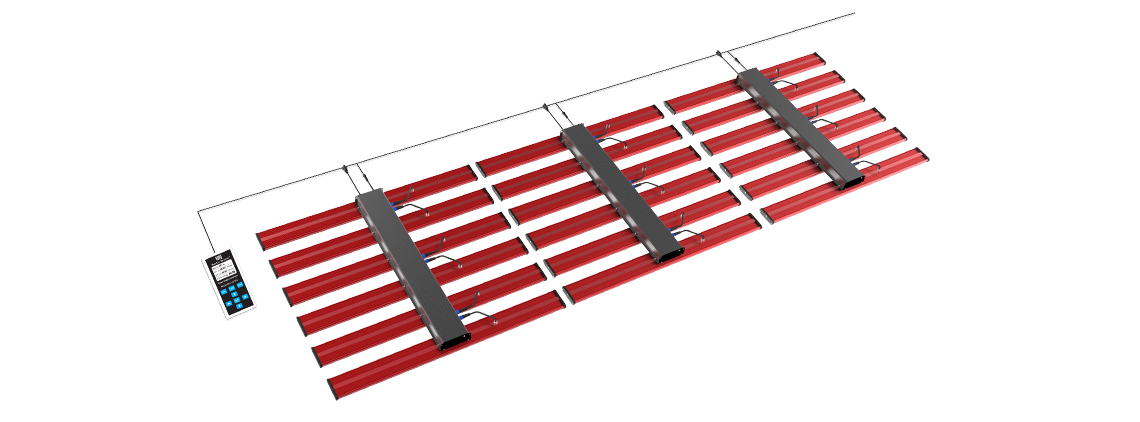
VANQ GLMX1000C Series LED Grow Lights
LED grow light is the most widely used commercial grow light, it has a smaller size and is easy to install. Compared with the previous grow lights, it is more suitable for large-scale commercial planting. LED grow lights use LED technology to make great use of blue light and red light, and their own weight is only a small part of other lights. The characteristics of almost no heat make them more energy-saving and durable (average lifespan of 11 years). LED grow lights don't have much greenish-yellow light, so they appear dim to our eyes, but that's a plus.
Different from traditional grow lights. Fewer watts for the same amount of light, LED grow lights are more efficient. For example, the light emitted by a single 25W LED grow light is equivalent to that of a 50W HPS grow light. Although they can both provide illumination for a 1 square foot area, LED lights are more efficient.
Do grow lights need to be waterproof?
When used for greenhouse growth, it is important that the grow lights are waterproof, but it also increases the cost of the grow lights. The humidity in the greenhouse is relatively high, and the configuration of waterproof can prevent excessive moisture from causing the malfunction of the grow light. Of course, greenhouse grow lights are generally highly waterproof.
How much surface area can grow lights cover?
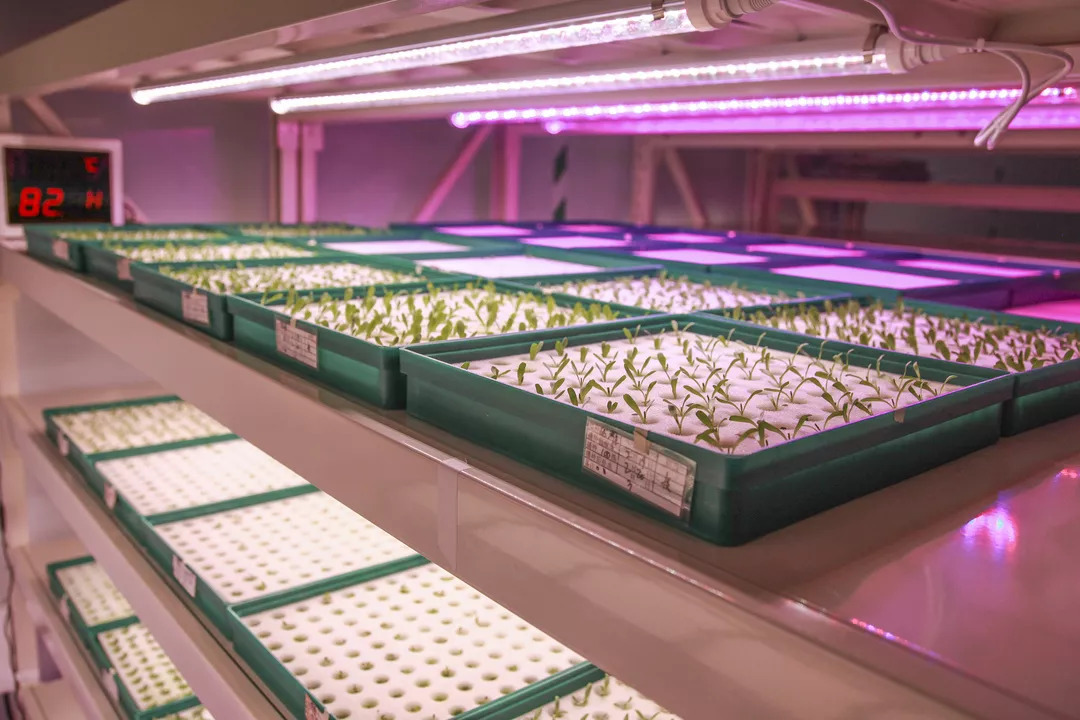
When using grow lights, you need to calculate the total surface area so that you can configure the number of grow lights of a particular model. Wattage will be a good indicator for you to determine the area covered by your grow lights. In practice, you still need to configure according to the lamp instructions provided by the supplier.
Related News: LED light as well as different wavelengths affect in plant growth
How far do grow lights need to be placed from the plant canopy?
LED lights are more efficient at lower wattages, so we can use the LED "show wattage" to determine how far the grow lights are from the plant canopy.
Here are common rules of thumb:
100 W = 8 -12 inches away
200- 399 W = 12- 20 inches away
400- 599 W= 20- 30 inches away
600+ W = 30+ inches away
Although the above rules of thumb apply in common cases. But in actual use, we still recommend that you make adjustments by observing the conditions of the plants. If the plants grow toward the light or have long legs, you need to shorten the distance of the light. If the leaves are burning or turning white, please adjust the distance appropriately.
similar news:How Close Should A Grow Light to Plants?
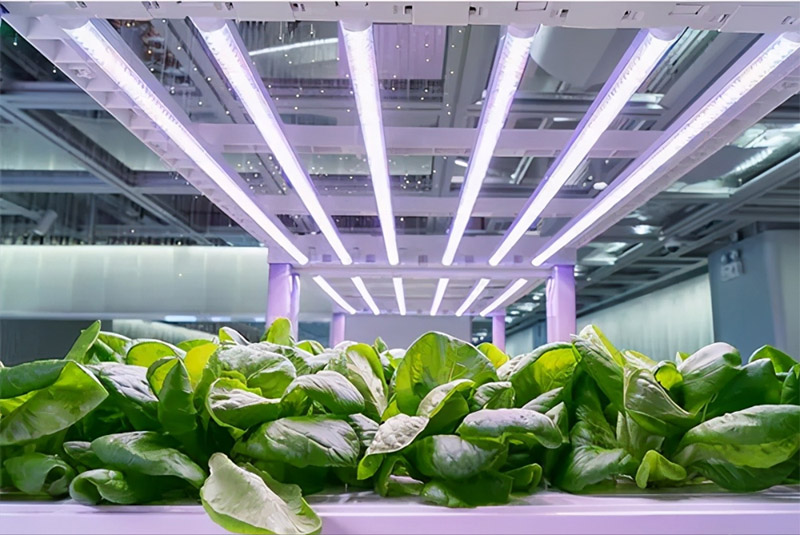
Differentiate between low-light and full-sun plants.
Low-light plants such as tropical houseplants or leafy plants don't need much direct light to grow. Sun-loving plants like tomatoes need up to 12-16 hours of bright light. Therefore, you can achieve the best effect by adjusting the distance between the grow light and the plant canopy and increasing/decreasing the time when the plant grow light is turned on during the day (of course you can also set the schedule of the grow light by setting the timer).
Full-spectrum grow lights are more suitable for you.
Plants receive different proportions of light in different life cycles. Seedlings need more blue light. Flowering and fruiting requires more red light. Therefore, greenhouse growth needs to provide a balanced spectrum that can meet the stage needs of all plants, and full-spectrum plant growth lights solve this need well.


